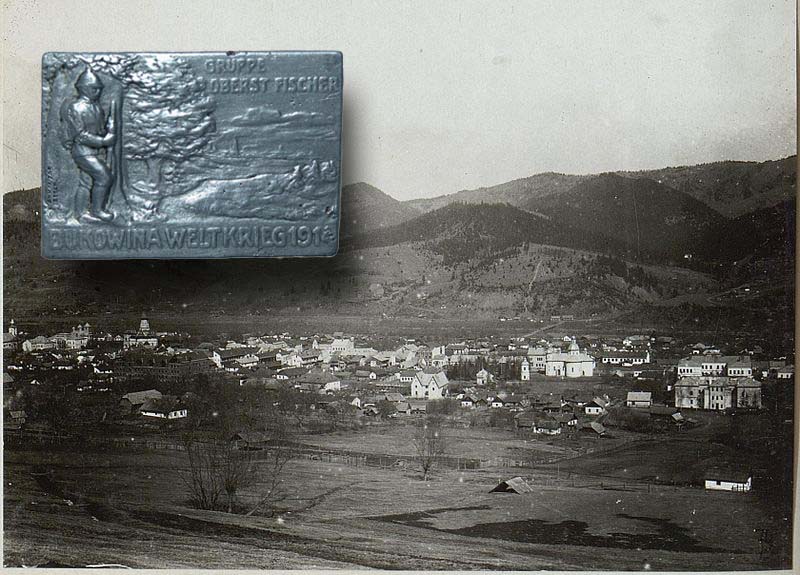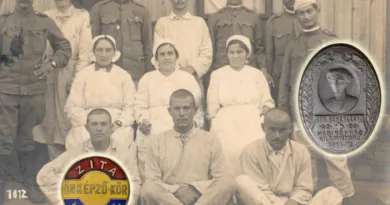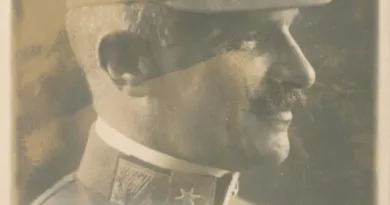Colonel Fischer’s combat group
Eduard Fischer was a descendant of a landowner family in Bukovina, born in 1862. After military training, from 1891 he continued his career in the gendarmerie. He became the gendarmerie commander of Czernowitz and later the whole of Bukovina, and even before the war he was awarded the Knight’s Cross of the Franz Josef Order and the Military Cross of Merit.
He organized an insurgent uprising in late August 1914, when Russian troops occupied much of the weakly defended Bukovina along with the capital Czernowitz. In addition to gendarmerie units, he managed to recruit insurgents from all ethnicities in multi-ethnic Bukovina. The central area of the uprising in the southern part of Bukovina was near the Romanian border around Kimpolung. Fischer’s troops managed to hold back the Russian advance, and even briefly recaptured Czernowitz from the Russians. It was not until November 20, 1914, that the city fell into Russian hands again. For the successful organization of the armed resistance around the Sereth River, in October 1914, the Monarch honored him with the Order of the Iron Crown and promoted him to colonel. In January 1915, the emperor also received the successful insurgent commander and in April he received the Knight’s Cross of the Leopold Order with war decorations.
It should be noted that at this stage of the war, due to the longer-than-planned intervention in Serbia, the Monarchy was only able to concentrate less than justified forces against the Russians. In the winter battle of the Carpathians, new battalions and regiments were formed from march companies and other units, with which the passages of the Carpathians could only be closed with great difficulty. There was no force left to defend Bukovina at all. Therefore, Colonel Fischer’s combat group, by harassing the Russians, did a very important service in relieving the burden on the regular units.

Colonel Fischer’s team consisted of about 10,000 men, among whom only the gendarmes received thorough training. The majority of the joining volunteers were untrained young people. But the troop, enthusiastic about the motto of the national defense, also successfully resisted the Russian regular units in numerical superiority. Last but not least, the slowdown of the Russians could be achieved by deception, by increasing the actual number of forces, by imitating artillery forces. On Fischer’s head, the Russian command set a blood fee of 100,000 rubles. After the breakthrough in Gorlice, the Austro-Hungarian regular army managed to break out of the Carpathians and liberate Bukovina. Colonel Fischer’s battle group then merged with the regular units of the 7th Army.
Seen from the forest edge the ARKANZAS badge shows a view of a city, perhaps just Kimpolung. To the left is an armed man watching the landscape, a gendarme judged by his headgear. The attached photo shows the panoramic view of Kimpolung at the time of the Great War.




